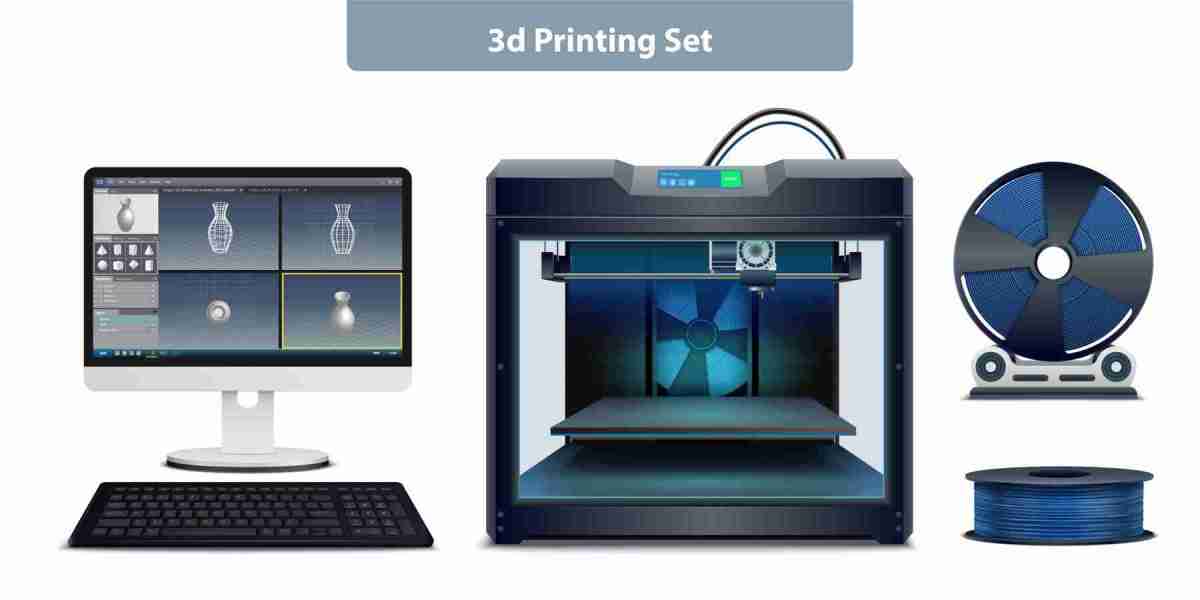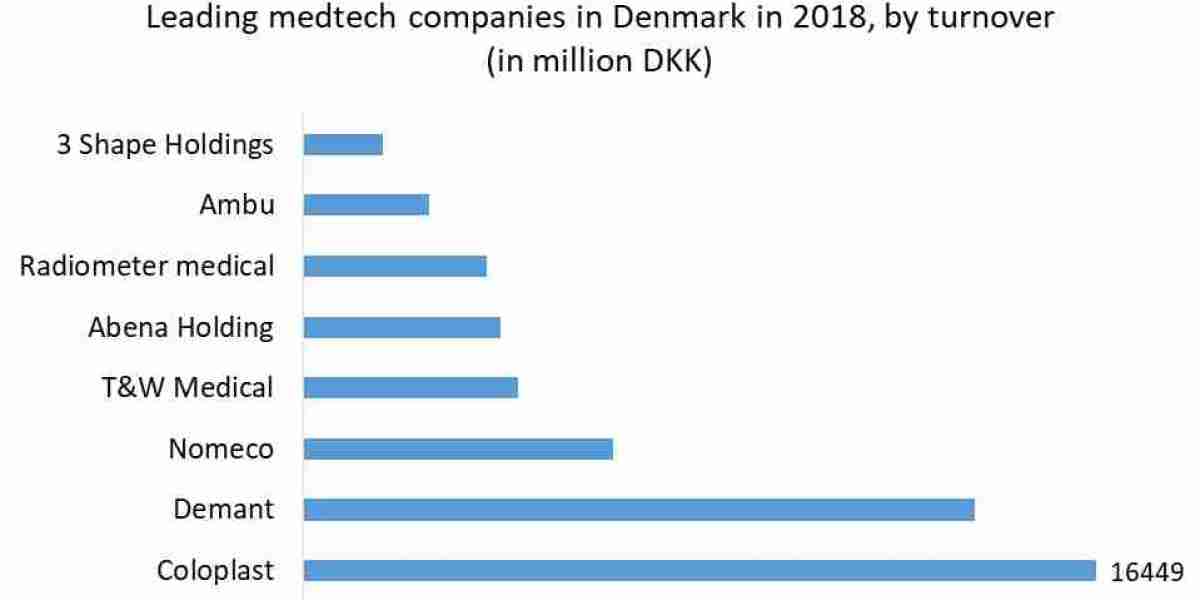The desktop 3D printer market is poised for a transformative decade, shifting from a niche hobbyist segment to a powerful enabler of localized manufacturing, education, innovation, and even micro-entrepreneurship. While commercial and industrial 3D printing have received considerable attention, the desktop segment quietly holds untapped potential that could redefine how we interact with manufacturing technologies at a personal and small-business level.
Beyond Prototyping: A New Era of End-Use Production
Traditionally, desktop 3D printers were limited to prototyping due to their smaller build volumes and material constraints. However, advancements in extrusion technology, multi-material printing, and post-processing techniques are pushing the boundaries. New-generation desktop printers can now produce functional end-use parts with decent durability, especially in fields like drones, robotics, and custom tools. This shift turns home-based manufacturing from a novelty to a practical solution, especially in areas with limited access to large-scale production facilities.
For instance, the increasing availability of high-performance filaments like carbon-fiber-reinforced nylon and flexible TPU allows creators to print rugged mechanical parts from a compact device on a desk. This opens the door to decentralized manufacturing ecosystems, where digital designs are downloaded and products are made locally — reducing logistics costs and carbon footprints.
Education and Workforce Transformation
Another underappreciated driver is education. Desktop 3D printers are becoming critical learning tools, not only in STEM education but also in art, architecture, design, and vocational training. The growth of remote and hybrid education models has made affordable, home-accessible 3D printers more valuable. Students can now prototype, test, and iterate ideas in real time, fostering a hands-on approach that traditional classrooms often lack.
More importantly, exposure to 3D printing in schools and colleges cultivates a generation of creators who think in terms of digital-to-physical workflows. This shift in mindset is crucial for the development of future industries, from smart wearables to personalized medicine.
Micro-Entrepreneurship: The Rise of the "Garage Manufacturer"
A lesser-known but rapidly growing trend is the emergence of micro-manufacturers — individuals running businesses from their homes using desktop 3D printers. Etsy-like marketplaces are seeing a surge in 3D-printed items ranging from cosplay accessories and custom phone holders to ergonomic office tools and home decor.
With AI-powered design tools and on-demand manufacturing platforms, even non-designers can enter the market, leveraging AI to generate printable models and selling unique creations with almost no overhead. In low-income regions, this model can act as a sustainable alternative income source, unlocking new economic dynamics around the globe.
Open-Source Hardware and the Maker Community
The desktop 3D printer market is also being fueled by the open-source movement. Companies like Prusa and Creality have built ecosystems around open hardware, enabling users to tweak, upgrade, and expand their printers. This open infrastructure encourages innovation and community-driven improvements, fostering rapid iteration cycles.
Moreover, the merging of 3D printing with other maker technologies—like Arduino microcontrollers or Raspberry Pi boards—has led to hybrid projects that bridge software, electronics, and mechanical design. The desktop 3D printer becomes more than just a fabricator—it becomes a launchpad for Internet of Things (IoT) devices, DIY automation, and custom robotics.
Localized Manufacturing in Crisis Situations
One of the most promising but least discussed potentials of desktop 3D printers lies in emergency response and disaster-stricken areas. During the COVID-19 pandemic, individuals and small makerspaces globally began producing PPE like face shields and ventilator parts when supply chains failed. This demonstrated a key point: when centralized systems break down, localized 3D printing can offer a stop-gap manufacturing solution.
Humanitarian organizations are now exploring the feasibility of deploying portable 3D printing kits to remote or crisis-prone areas. These kits, powered by solar or battery packs, could produce replacement parts, water filtration components, or medical devices on-demand, reducing dependency on supply chains in vulnerable regions.
Market Outlook and Barriers
While the potential is massive, challenges remain. Material diversity and print speed are still limiting factors for mass adoption. Print quality and reliability, although improving, can vary significantly across brands and models. There's also a knowledge gap; the average consumer might find slicing software and calibration daunting without prior experience.
However, companies are addressing these issues by integrating user-friendly interfaces, AI-driven error correction, and plug-and-play systems. As hardware becomes more robust and the learning curve flattens, consumer adoption is expected to surge.
Conclusion
The desktop 3D printer market is no longer just for tinkerers and tech enthusiasts—it’s becoming an integral part of the future of work, learning, and localized production. Its true potential lies not just in printing objects, but in empowering individuals, communities, and small enterprises to innovate, adapt, and thrive in an increasingly digital and decentralized world.




